In the 1800s and 1900s, having a well-maintained lawn was a status symbol, explains David Angelov, CEO of Plant Parenthood in Swampscott, Massachusetts.
Whether you aim to emulate aristocratic living or cultivate a small area of new grass, keeping a pristine lawn is challenging, so having one showcased high status; landscaping a lush lawn requires a crucial skill: mastering how to plant grass seed or performing lawn seeding.
Keeping your grass in good condition helps you control weeds and prevents larger areas from becoming thin.
The frequency of grass seeding often depends on foot traffic and the potential impact of pets, which can create bare spots. Regular grass seeding maintains the plush density and curb appeal of your lawn.
Experts suggest a prudent practice is reseeding every three to four years. Ultimately, the vitality of your existing lawn is inherently connected to this vital lawn care skill.
Patience is vital in lawn seeding, as the seeded grass doesn’t immediately transform into a lush lawn.
Depending on the grass type, germination can take 10 to 21 days, followed by additional weeks for root establishment. In this article, I will show you extensive details on lawn seeding.
🔠 Types of Grass Seeds
Homeowners must know that different grass seeds have specific appearances and care needs before choosing.
Lawns typically consist of turfgrass, a narrow-leaved grass that can be mowed to a short height, often around two inches or less.
This grass is also durable under foot traffic.
Turfgrasses can categorized into two groups: warm-season and cool-season varieties.
☀️ Warm-season grass
Warm-season grass seeds thrive in hot summer regions, excelling in full sun and resisting high temperatures.
They flourish at 75 to 90°F. They turn brown in late fall and winter, regaining greenness in spring.
You need to learn proper planting methods and timing for successful lawn seeding. Inert matter in grass seed affects quality.
Some common examples of warm-season grass seeds are:
1. Bermuda grass
Bermuda grass (Cynodon dactylon) is a warm-season grass known for its preference for hot weather and thirst for water.
With its short stature, it thrives under sunny conditions, making it suitable for putting greens. You can adjust the mowing height to ½ to 1/8th inch.
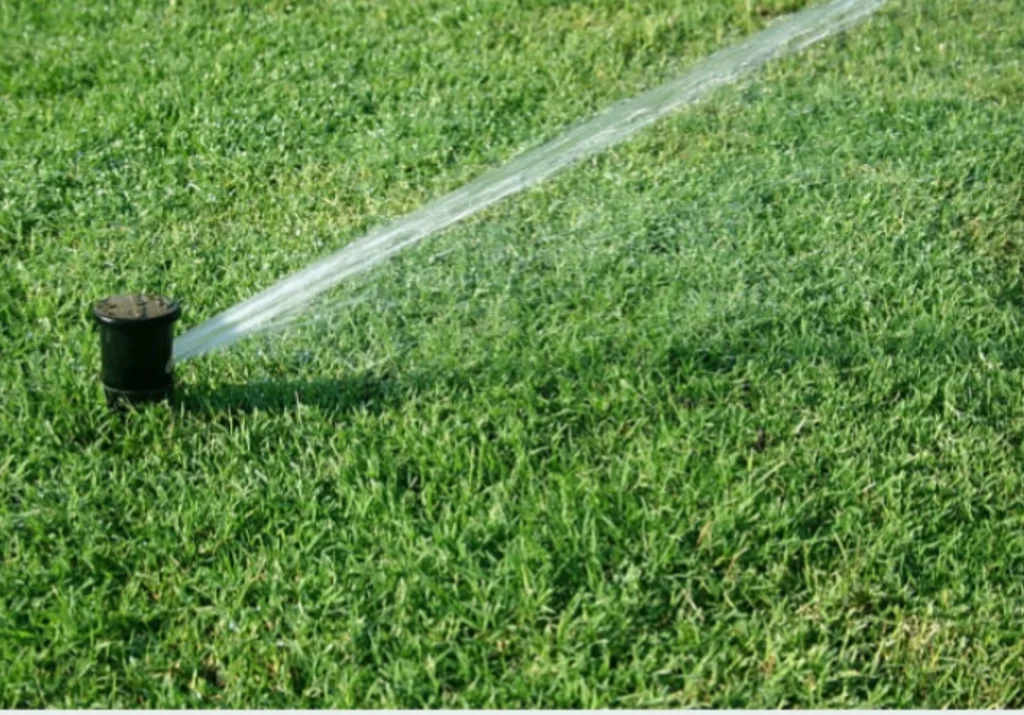
When partnered with perennial ryegrass, Bermuda grass maintains an appealing summer appearance, as the ryegrass fades away in late spring, allowing the Bermuda grass to dominate. This pattern repeats in the fall.
Bermuda grass finds use in residential and recreational landscapes like golf courses and football fields.
This robust grass withstands high temperatures and water scarcity, managing with just 1 inch of weekly water. Its resilience to heavy use and foot traffic makes it an ideal choice for lawns with children, pets, and frequent activity.
With roots that can delve up to 6 feet deep, despite usually staying within six inches of the surface, Bermuda grass outperforms other warm-season varieties in root depth and environmental adaptability.
Bermuda grass seed is the way to go if you prefer a shorter lawn.
2. Zoysia grass
This warm-season turf suits gardeners seeking hassle-free maintenance and cold resistance. It remains robust without frequent irrigation or fertilization and exhibits superior shade tolerance compared to other warm-season counterparts.
Given its gradual growth rate, confident gardeners opt for immediate results using sod when cultivating Zoysia grass.
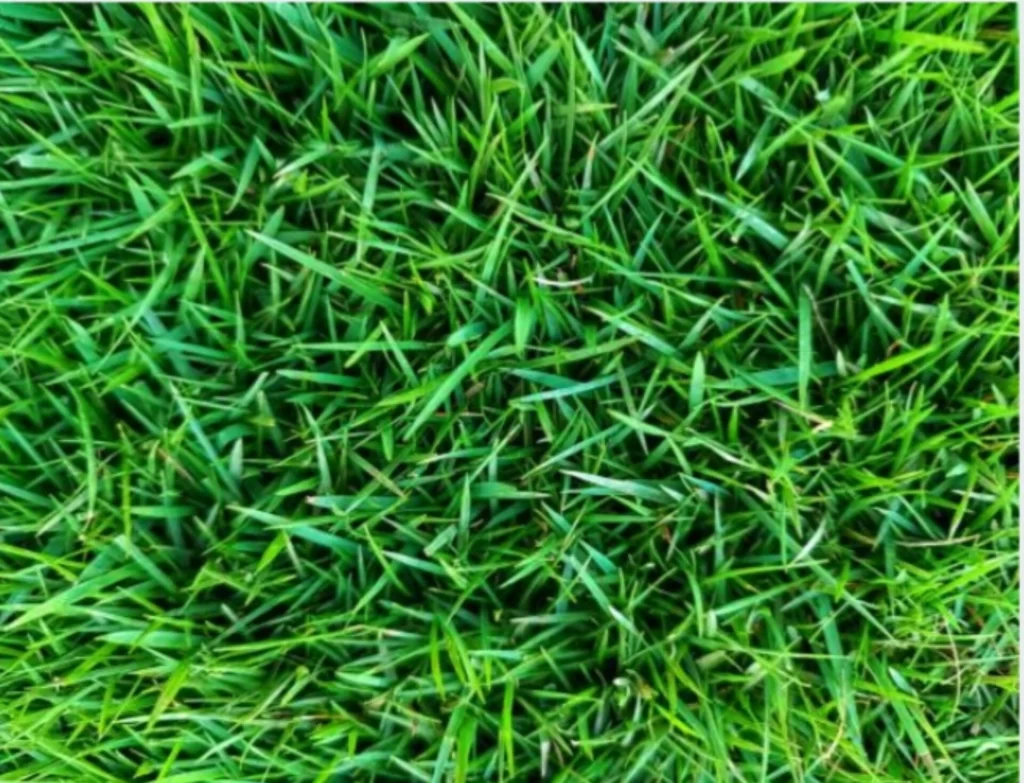
Nonetheless, it’s entirely feasible to germinate it from seed as well. Its ability to endure close mowing makes it a preferred choice for lawns and golf courses.
3. Bahia grass
Bahia grass is a warm-season turf known for thriving in low-nutrient soils with minimal upkeep. It proliferates without needing much fertilizer.
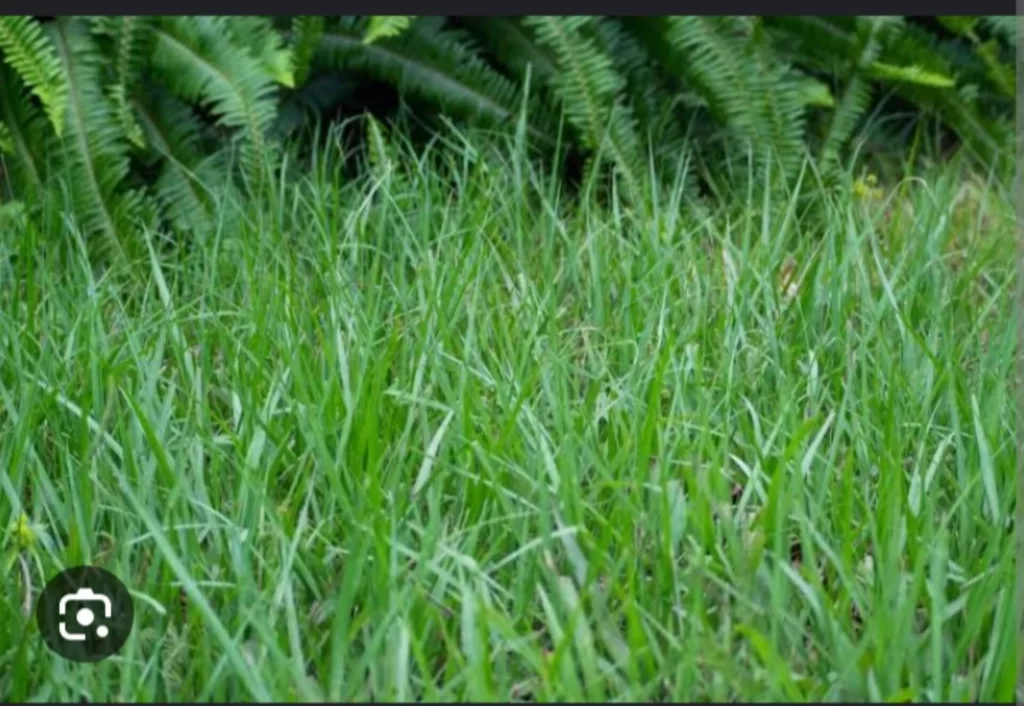
If left unmanaged, it develops seed heads. While Bahia grass seeds initially have a slow germination rate, they establish quickly.
4. St. Augustine grass
St. Augustine grass is a warm-season variety known as buffalo grass and boasts the least cold resilience among common warm-season.
This type of grass can display a distinctive bluish hue and features broad leaves with partially rounded ends that grow densely.
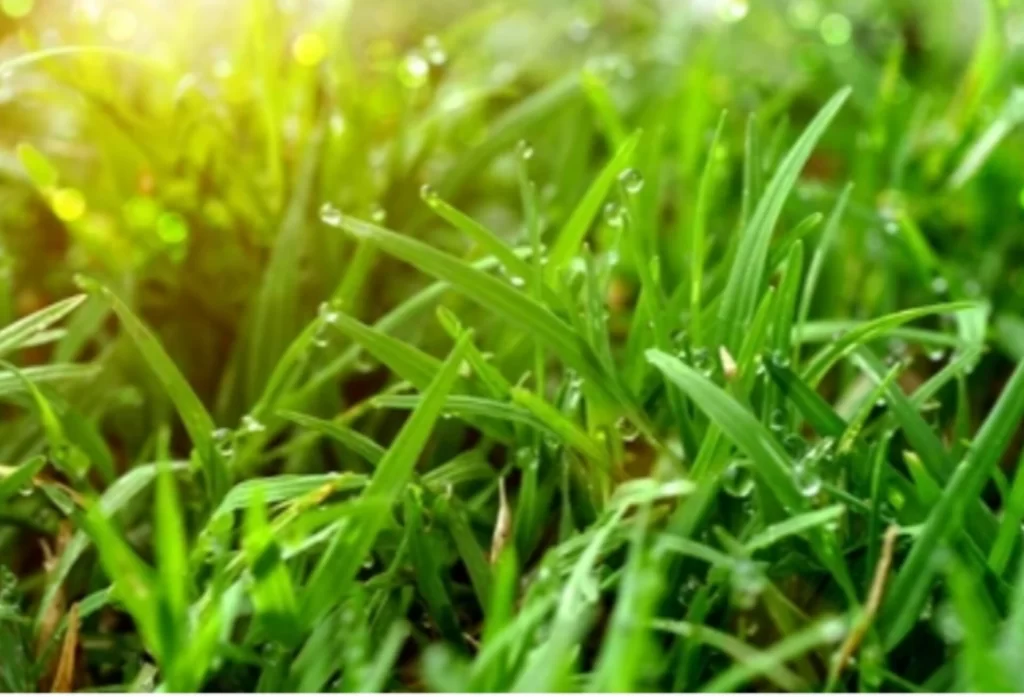
It showcases remarkable resistance to salt and humidity, rendering it a superb fit for lawns in coastal locales, especially in proximity to the Gulf Coast.
❄️ Cool season grass
Cool-season grass seeds are well-suited for colder climates with lower temperatures. They can tolerate shade better than warm-season grasses and thrive in harsh winters and moderate summers.
These grass types have been bred to keep lawns green even in icy conditions.
They grow best in temperatures ranging from 65 to 80°F. Gardeners in cooler regions can make use of these grasses.
Here are some popular varieties of cool-season grass seeds.
1. Perennial ryegrass seed
Perennial ryegrass seed is known for its quick germination, often transforming into a lawn in just 21 days during the cold season, making it ideal for lawn seeding.
It’s a temporary fix for damaged lawns, commonly sown over dormant warm-season grasses in winter for green coverage until they revive.
Also called English ryegrass, it handles foot traffic, has shallow roots, and requires steady watering, which is essential for successful lawn seeding.
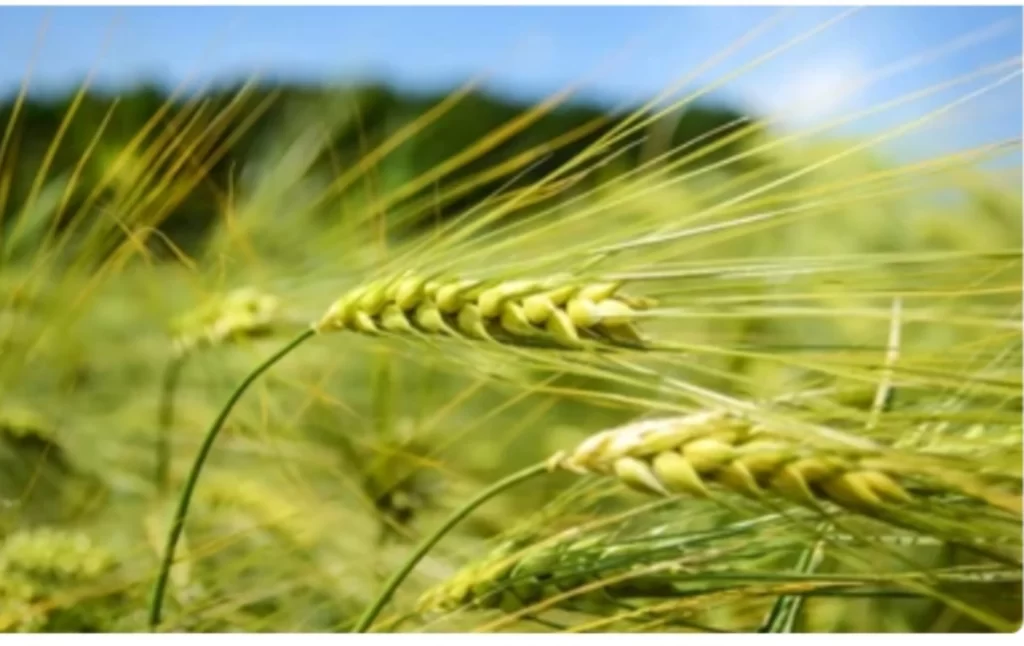
Though growth might be uneven, It’s globally recognized as a versatile turf grass. When conditions are optimal, consider planting perennial ryegrass for low-maintenance, disease-resistant lawn seeding.
2. Canada bluegrass
Canada bluegrass (Poa compressa) is a robust cool-season grass commonly planted in the northern United States and Canada.
Its fine texture and creeping growth habit require minimal maintenance, making it ideal for conservation areas like stream banks and hard-to-reach spots. It thrives in poor, rocky, or sandy soil and prefers full or partial sunlight.
Store-bought grass seed bags often blend grass types to ensure successful lawn growth.
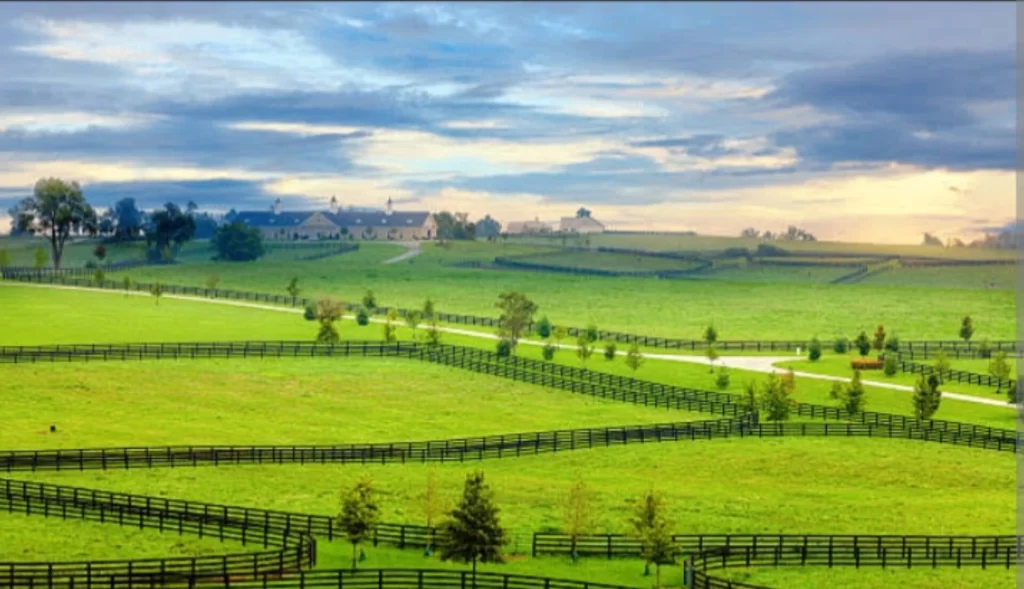
Although the resulting lawn might lack uniformity, it will still be lush and green. Also known as flattened meadow grass,
Canadian bluegrass has a refined texture and thrives in low-maintenance settings, including old wall tops, sandy campsites, dry stony grasslands, and waste areas.
3. Fine fescue
It is a popular cool-season lawn grass and is often a blend of various fescue seeds. Its unique foliage and soft texture contribute to a luxuriant green look for your yard.
This grass has become well-liked due to its eco-friendliness. It’s a slow-growing lawn grass with minimal moisture and fertilization needs.
What sets it apart is its year-round green appearance. It’s a low-maintenance grass that flourishes in areas with limited sunlight, as excessive sun can occasionally hinder its development.
4. Tall fescue seeds
It grows into a cool-season lawn grass found in the fescue plant genus.
It is known for its adaptability and disease-resistance abilities, making it an ideal choice for a resilient lawn that can handle various conditions. It’s well-suited for sunny areas like commercial grounds, residential lawns, and playgrounds.
It’s now favoured for recreation as it was initially grown as livestock feed.
The grass has deep roots that efficiently absorb water and sprouts within two weeks of planting.

Planting is best done in spring when temperatures are between 60 to 75 degrees Fahrenheit. Weekly watering is sufficient for growth, except during scorching weather.
It regrows quickly after mowing and blends seamlessly with other grass types, showcasing its versatility.
5. Annual ryegrass
Annual ryegrass flourishes in cool climates with sufficient rainfall and fertile soil. This cool-season grass is utilized for forage or as a cover crop during crop rotation in Ontario. The coarse, light green grass usually sprouts within 5-7 days.

Typically sown in spring and harvested in fall, shallow seeds begin growth from autumn to early winter. Annual ryegrass can adapt to varying levels of nitrogen and moisture.
6. Kentucky bluegrass
Kentucky bluegrass seeds give rise to a perennial, cool-season lawn grass that returns annually and experiences its fastest growth during the colder months of spring and fall.
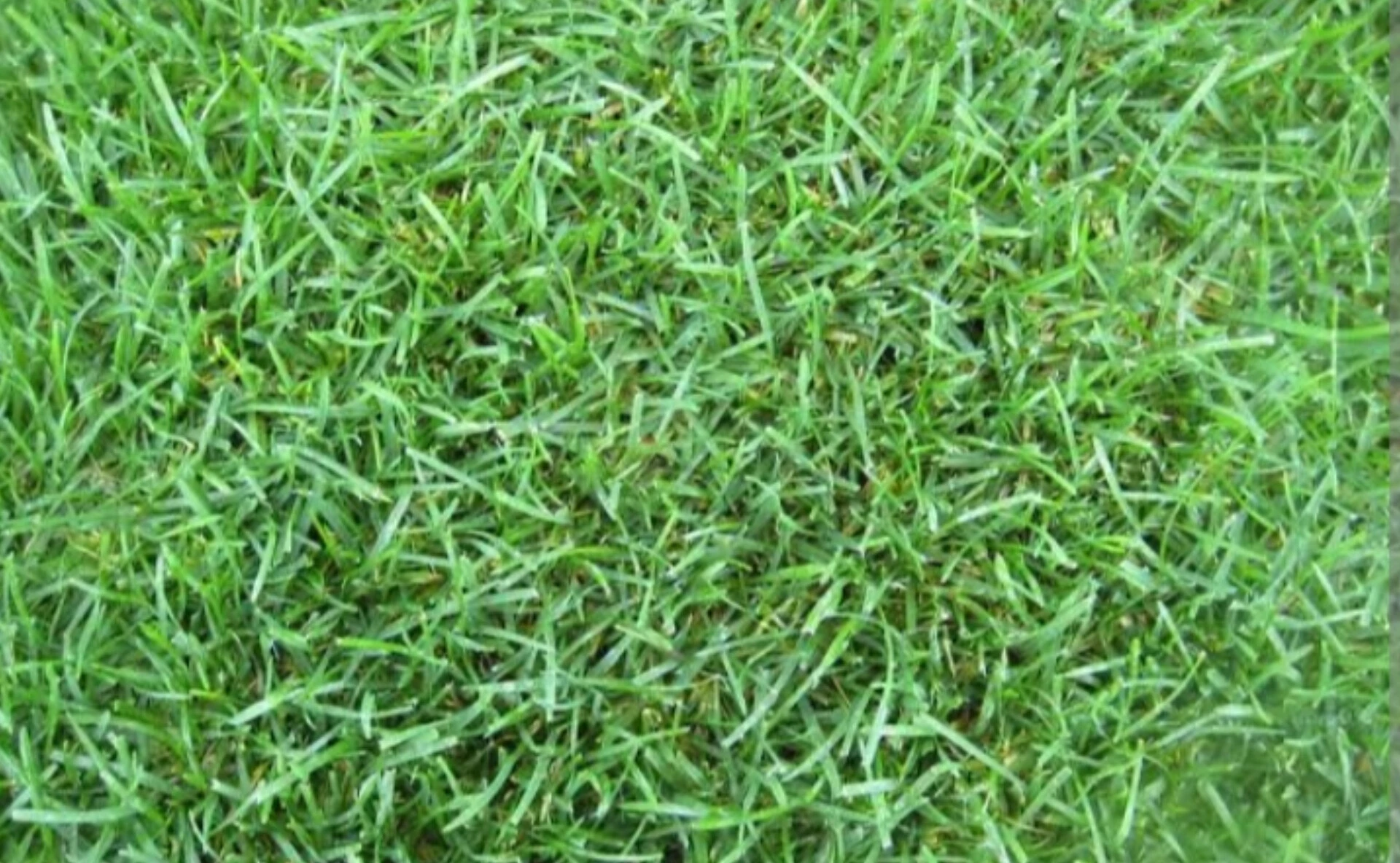
This type of grass is primarily favoured in areas with cold winters and moderately warm summers, aligning with its natural inclinations and growth pattern.
7. Bentgrass
Bentgrass is widely used on golf courses and stands out among cool-season grasses due to its lush colour, dense growth, and low height. It’s particularly well-suited for cool and humid environments.
Bent grasses come in three varieties which are:
- Colonial
- Creeping
- Velvet

Each type has distinct characteristics ranging from climate adaptability and salt tolerance to colour and structure.
🧰 Essentials for Lawn Seeding
- High-quality grass seeds: These are seeds that will grow into a lush and healthy lawn.
- Natural materials for soil improvement: Organic matter like compost can enhance the quality of your soil, promoting healthy grass growth.
- New grass fertilizer: A new fertilizer designed to provide the nutrients needed for newly planted grass to thrive.
- Enhanced soil for the lawn: Specially formulated soil supports grass growth and development.
- Durable, lengthy garden hose with a robust nozzle: A hose that can cover a large area and a nozzle that allows for precise watering.
- Broadcaster push spreader: This tool evenly distributes grass seeds and fertilizer across the lawn.
- Protective eyewear for safety: Safety goggles to shield your eyes while working.
- Sturdy gloves for gardening: Gloves that offer protection and grip when handling soil and plants.
- Respirator mask: A dust mask to protect against inhaling particles while working with soil and materials.
- Rake suitable for gardens or landscapes: A rake designed for grooming and levelling soil in gardens or lawns.
- Spade: A shovel for digging holes and moving soil.
- Tiller, available for rent or purchase: You can use the machine will to prepare the soil by breaking it up and improving its texture, which can be rented or bought.
➡️ Steps to Lawn Seeding
⠀⠀⠀⠀⠀⠀⠀⠀⣤⣶⣶⣶⣶⣤⣤⣄⡀⠀⠀⢀⣤⡀⠀⠀
⠀⣴⣶⣶⣶⣶⣶⣦⠀⠀⠛⠛⠛⠛⠛⠻⠿⣿⣿⣷⣤⣿⣿⡇⠀⠀
⠀⠈⠛⣿⣿⣿⣿⣿⠀⠀⠀⠀⠀⠀⠀⠀⠀⣈⣙⣿⣿⣿⣿⡇⠀⠀
⠀⢀⣾⣿⡿⢻⣿⣿⠀⠀⠀⠀⠀⠀⠀⠀⠀⢿⣿⣿⣿⣿⣿⠇⠀⠀
⠀⣾⣿⡟⠁⠘⠛⠋⠀⠀⠀⠀⠀⠀⠀⠀⠀⠀⠀⠀⠀⠀⠀⠀⠀⠀
⢠⣿⣿⠁⠀⠀⠀⠀⠀⠀⠀⠀⠀⠀⠀⠀⠀⠀⠀⠀⠀⠀⠀⣿⣿⡄
⢸⣿⣿⠀⠀⠀⠀⠀⠀⠀⠀⠀⠀⠀⠀⠀⠀⠀⠀⠀⠀⠀⠀⣿⣿⡇
⠘⣿⣿⠀⠀⠀⠀⠀⠀⠀⠀⠀⠀⠀⠀⠀⠀⠀⠀⠀⠀⠀⢀⣿⣿⠃
⠀⠀⠀⠀⠀⠀⠀⠀⠀⠀⠀⠀⠀⠀⠀⠀⠀⠀⣠⣤⡄⢀⣼⣿⡿⠀
⠀⠀⢰⣿⣿⣿⣿⣿⣷⠀⠀⠀⠀⠀⠀⠀⠀⠀⣿⣿⣧⣾⣿⡿⠁⠀
⠀⠀⢸⣿⣿⣿⣿⣍⡉⠀⠀⠀⠀⠀⠀⠀⠀⠀⣿⣿⣿⣿⣿⣤⡀⠀
⠀⠀⢸⣿⣿⠛⢿⣿⣿⣶⣦⣤⣤⣤⣤⣤⠀⠀⠻⠿⠿⠿⠿⠿⠟⠀
⠀⠀⠈⠛⠁⠀⠀⠈⠙⠛⠛⠿⠿⠿⠿⠛⠀⠀⠀⠀⠀
1. Select the appropriate timing ⏱
Proper timing guarantees proper germination, swift growth, and the establishment of healthy grass seedlings.
The optimal period for grass seed planting varies based on the region’s climate and the type of grass being grown.
For instance, in some places, early fall presents the ideal timeframe for grass seed planting. During this time, the ground retains warmth to facilitate germination, but the days are cool and sometimes rainy, preventing the seeded grass from drying out. Another suitable option for cool-season grass planting is early spring.
It’s best to seed while waiting for daytime temperatures to reach around 60 to 75 degrees Fahrenheit, which aligns with the optimal soil temperature for germination. Spring sunshine and rain contribute to the robust growth of the seeded grass.
The best time to lay grass seed depends on the growing region and the planted type.

Factors like inert matter in grass seed, proper lawn seeding techniques, and understanding how to plant grass seed effectively all come together to ensure the success of establishing a lush and healthy lawn.
2. Prepare the site properly 📐👌
Properly prepare the site to establish a vibrant and attractive lawn. It’s crucial to ensure adequate water drainage and convenient mowing by grading the area correctly.
Creating a 1 to 2 percent slope away from buildings is advisable to prevent rapid drying. A gentle slope is essential, as steeper inclines can lead to excessive lawn dryness.
Ensuring a smooth surface during site preparation is essential to avoid depressions, which could result in problematic wet spots that are both difficult to mow and susceptible to disease.
When considering a complete lawn replacement, meticulous removal of the old turf is critical. Using a sod cutter is one option to uproot the existing grass entirely. Alternatively, you can utilize a non-selective herbicide to clear the area.
This type of herbicide effectively eliminates both grass and broadleaf plants. If you opt for herbicide application, closely adhere to the instructions on the product label. Take care to prevent contact with the grass or plants you wish to keep.
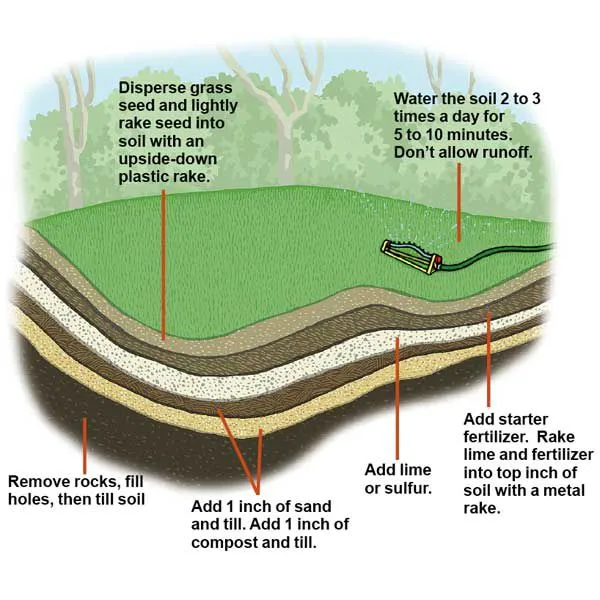
Once the specified waiting period has passed, reapply the herbicide as necessary to eliminate any remaining grass.
3. Prepare your Soil appropriately ⛰️
Prepare the soil properly to ensure successful seed germination and healthy turf growth. Follow these steps:
- Test your lawn’s soil pH, aiming for a range of 6.0 to 7.5. Collect soil samples and send them to a reputable lab for testing.
- Adjust soil pH if necessary. Based on test recommendations, use elemental sulphur for high pH (alkaline) soil and lime for low pH (acidic) soil.
- Address nutrient needs based on soil test results. Use quality lawn fertilizers, following your state’s guidelines.
- Improve soil structure by addressing issues like sandiness or compaction. Add organic matter like compost 2 to 4 inches deep before planting using tillers or aerators.

4. Select high-quality grass seed 𓇢
Choosing high-quality grass seed that matches your climate and growing conditions is vital for a thriving lawn. Some seed grasses are designed for water conservation, drought resistance, and excellent performance in home lawns.
The choice between warm-season and cool-season grasses depends on your location. Warm-season grasses suit southern climates, thriving in warm months and going dormant in winter. Cool-season grasses are common in northern areas, staying green all year but possibly turning brown in heat and drought.

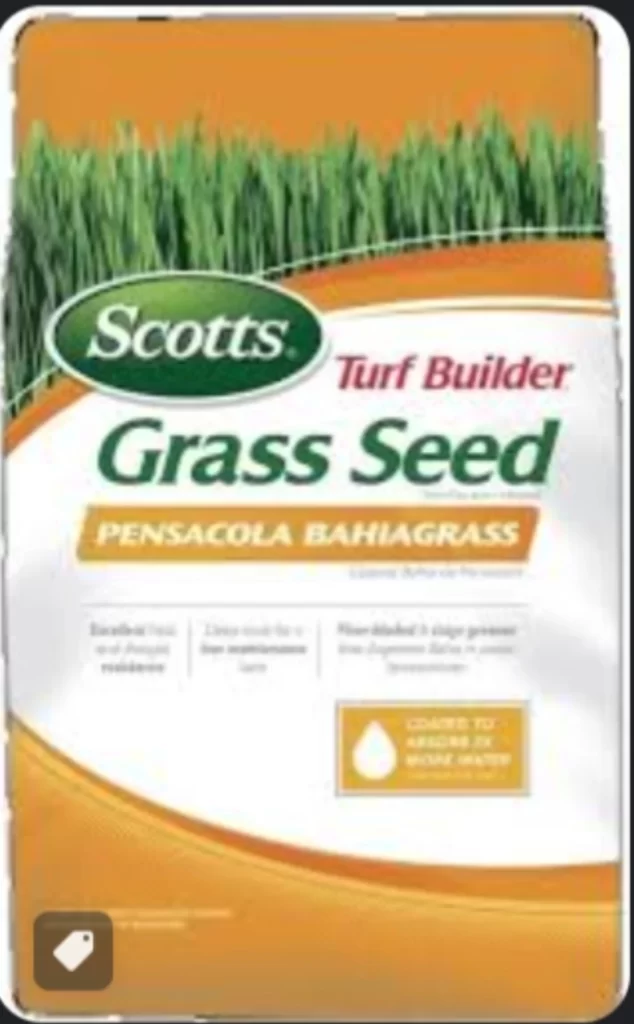

In various regions, tailored seed mixes are available. For shady areas, opt for grass seed designed to handle low-light challenges.
5. Sow the Seed 🌿
Sow the seed after preparing the soil and making amendments. Follow the recommended seeding rates on the seed package label.
Choose the appropriate spreader; a drop spreader for small lawns or a broadcast spreader for large lawns. Drop spreaders are precise, while broadcast spreaders offer more uniform coverage.
Use a rake to lightly incorporate the seed into the soil at a shallow depth, around 1/4 inch. Avoid burying the seeds too deep, as they need light for quick germination. Roll the area to ensure good seed-to-soil contact.

Overseeding, planting grass seed into an existing lawn improves its appearance and health and addresses issues like weeds or bare spots.
You can overseed the southern lawn and then water the overseeded area thoroughly, following the instructions for new lawns. Follow the recommended seeding rates on the seed package label.
6. Water Properly 🫗
Proper watering is essential for successful grass seeding. Keep the soil consistently moist, avoiding saturation. After seeding, lightly water the area twice to thrice daily until puddles form. As the seeds sprout and seedlings develop, adjust watering to be less frequent but more intense. Reduce watering gradually as the grass grows taller and matures.
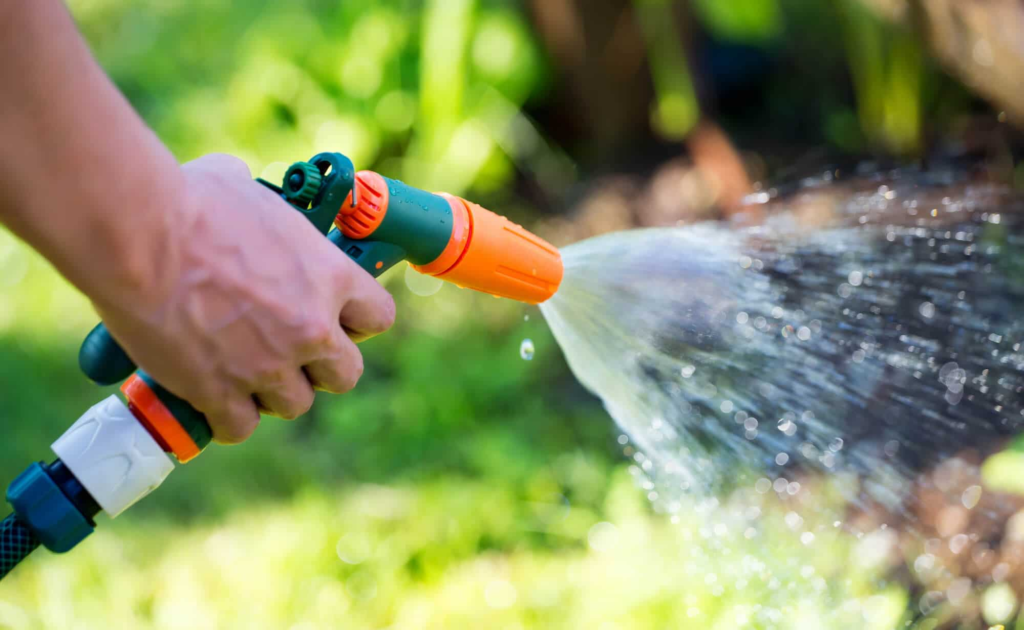
7. Prepare for Germination 🪴
Be prepared for germination over five to 21 days, depending on your grass type. It will then take about four to 10 weeks for the grass to establish strong roots. Most grasses require an entire season to mature and handle regular foot traffic.

Check the area for missed spots or bare patches after your seedlings grow to around 1 inch tall. Reseed these areas as necessary until you achieve a thick and satisfactory result.
8. Maintain your lawn 🚧
Maintaining your lawn involves mowing when the grass is 3 inches tall, following proper mowing heights, and not cutting off more than a third of the grass in one go to prevent stress and issues.
Avoid heavy foot traffic on young grass, water as needed (about 1 inch per week), and establish a fertilizing routine based on the type of grass.
For cool-season lawns, start fertilizing 4-8 weeks after germination; for warm-season grasses, fertilize in the following spring. Regular soil testing and adjustments every 3-4 years are recommended.
🤔 When is the best time to lay grass seed?
The ideal time to plant grass seed depends on local weather conditions. For solid and lush lawns, Choosing the proper planting time is essential.
For Canada’s cool-season grasses, September and October are recommended as temperatures between 15°C and 26°C are optimal for germination. These months allow seeds to gather nutrients before winter dormancy, resulting in vigorous spring growth.
Planting during spring and summer presents challenges like rain-related diseases and increased watering and weed control efforts due to hot days.
🤗 Benefits of Lawn Seeding
Wide Range of Choices: Grass seeds offer a diverse selection of species and cultivars to suit your preferences.
Lower Cost: Seeding a lawn is cost-effective, as it avoids the expense of established grass and roots.
Less Labor-Intensive: Planting grass seeds requires less manual effort, making it particularly practical for larger lawn areas.
Deeper Root System: Seeds sown on-site develop deeper initial root systems, fostering healthier growth.
Lawn Repair: Grass seeds effectively repair bare spots and thinning areas, creating a lush and vibrant lawn.
Adaptability: Grass seeds adapt more readily to external conditions due to on-site growth, ensuring faster establishment.
❌🙈 Mistakes to Avoid When Planting Grass Seed
1️⃣ Choosing the Wrong Seed Type
Choosing the wrong grass seed type can result in disappointing outcomes. Ensure you select varieties suitable for your region to give your lawn the best chance. Additionally, understanding seed quality by reading labels is vital, as cheaper options may contain less viable or more weed seeds—quality seed benefits both your law n’s health and your budget.
2️⃣ Skipping Soil Testing and Recommendations
Achieving successful seeding depends on creating a favourable environment for grass growth. Soil tests Provide insights into pH and nutrients, forming the foundation for a great lawn.
Skipping soil testing and recommendations can hinder successful seeding. Understanding your soil’s pH and nutrient levels is essential for a thriving lawn. Reliable testing from a reputable lab eliminates guesswork and guides necessary changes.
Following lab recommendations prevents potential issues. Experts recommend regular soil testing for continued lawn health. Local extension offices can assist with testing kits and referrals.
3️⃣ Incorrect or Unnecessary Lime Usage
Although many homeowners believe lime is essential for lawn care, its necessity varies.
Lime is beneficial when soil pH needs to be raised, as ordinary lawn care can lead to dropping pH levels. Overusing or applying lime unnecessarily can be harmful to your soil.
Some soil may already have high pH levels. When soil tests indicate low pH, applying lime based on recommendations restores proper balance, enhances nutrient availability, and maintains green lawns
4️⃣ Ignoring Recommended Seeding Rates
Proper seeding amounts are vital for success, whether starting from scratch or Overseeding.
New lawns or spot repairs require roughly twice the seed as Overseeding thin areas. Labels on quality grass seeds provide optimal seeding rate guidance for best results.
Avoid overusing or skimping on seed, as excess resource competition or sparse growth can occur.
5️⃣ Misjudging Lawn Dimensions
Accurate seeding rates depend on knowing your exact lawn area. Deduct non-lawn areas like buildings, walkways, and driveways from the total property size.
Proper measurements prevent wasted products, money, and poor outcomes. Accurate measurement ensures each bit of seed and effort is utilized effectively.
6️⃣ Planting Without Timing Consideration
Strategic timing aligning with grass growth cycles significantly enhances seeding success. Fall is generally ideal for many regions.
7️⃣ Misusing Weed Treatments
Pre-emergent weed treatments hinder germination by affecting all seeds, including grass. Using these products too close to newly planted seeds stops growth.
Post-emergent treatments aimed at existing weeds can also harm young grass. Follow herbicide labels, avoiding pre-emergent use around seeding. Reserve broad-spectrum treatments until new lawns are established and mowed, ensuring successful growth
ε(´。•᎑•`)っ 💕 Tips for choosing the right grass seed
1. Climate Match: Start by considering the climate in your region. Different grass species have varying temperature and moisture requirements. Research which grasses are well-suited to your local climate, as this will significantly impact their growth and overall health.
2. Sunlight Assessment: Take note of the sunlight patterns in your lawn. Is it predominantly sunny, partially shaded, or mainly in the shade? Different grass types have varying sunlight tolerance levels. Ensure you choose a grass seed variety that aligns with the light conditions in your yard.
3. Lawn Usage: Determine how much foot traffic your lawn usually receives. If you have a bustling household with children and pets, opt for grass seeds known for their durability and ability to bounce back from heavy usage.
4. Grass Type Familiarity: Familiarize yourself with the different types of grass available. There are cool-season grasses like Kentucky bluegrass and fescue and warm-season grasses like Bermuda and Zoysia. Each type has its own growth habits and ideal environments. Choose the one that suits your preferences and climate.
5. Disease and Pest Resistance: Some grass varieties are naturally more resistant to diseases and pests. If your area is prone to specific issues, such as fungal infections or insect infestations, look for grass seeds with a resilient reputation.
6. Water Requirements: Water availability varies greatly depending on location. Opt for grass seeds that match your local water availability. Some types are more drought-tolerant, while others require consistent moisture.
7. Soil Type Consideration: Different grasses thrive in different soil types. Assess the soil in your lawn—whether sandy, clay-rich, or loamy—and choose grass seeds known to flourish in that particular soil type.
8. Maintenance Level: Consider your willingness and ability to provide maintenance. Some grass varieties demand more frequent mowing, fertilizing, and overall care. Choose a grass seed that aligns with the level of maintenance you’re comfortable with.
9. Aesthetic Appeal: Different grasses offer shades of green and textures. Consider the visual appeal you desire for your lawn and choose a grass type that matches your aesthetic preferences.
10. Consultation: If you’re uncertain, consider seeking advice from local nurseries or lawn care professionals. They can offer insights tailored to your specific geographic area and lawn characteristics.
In conclusion, by carefully evaluating these factors, you can confidently select the ideal grass seed that will result in a lush, vibrant, and healthy lawn tailored to your needs and environment.








